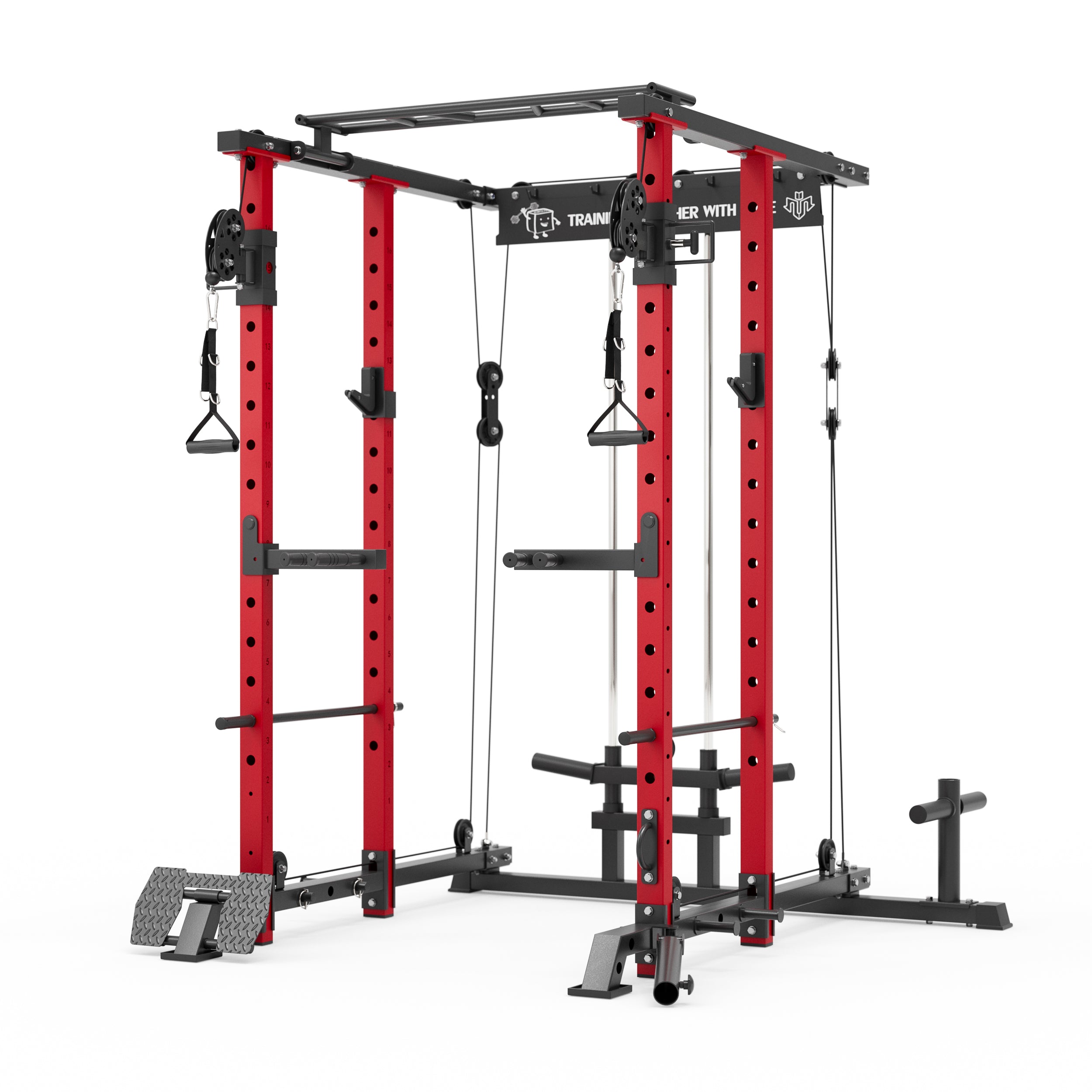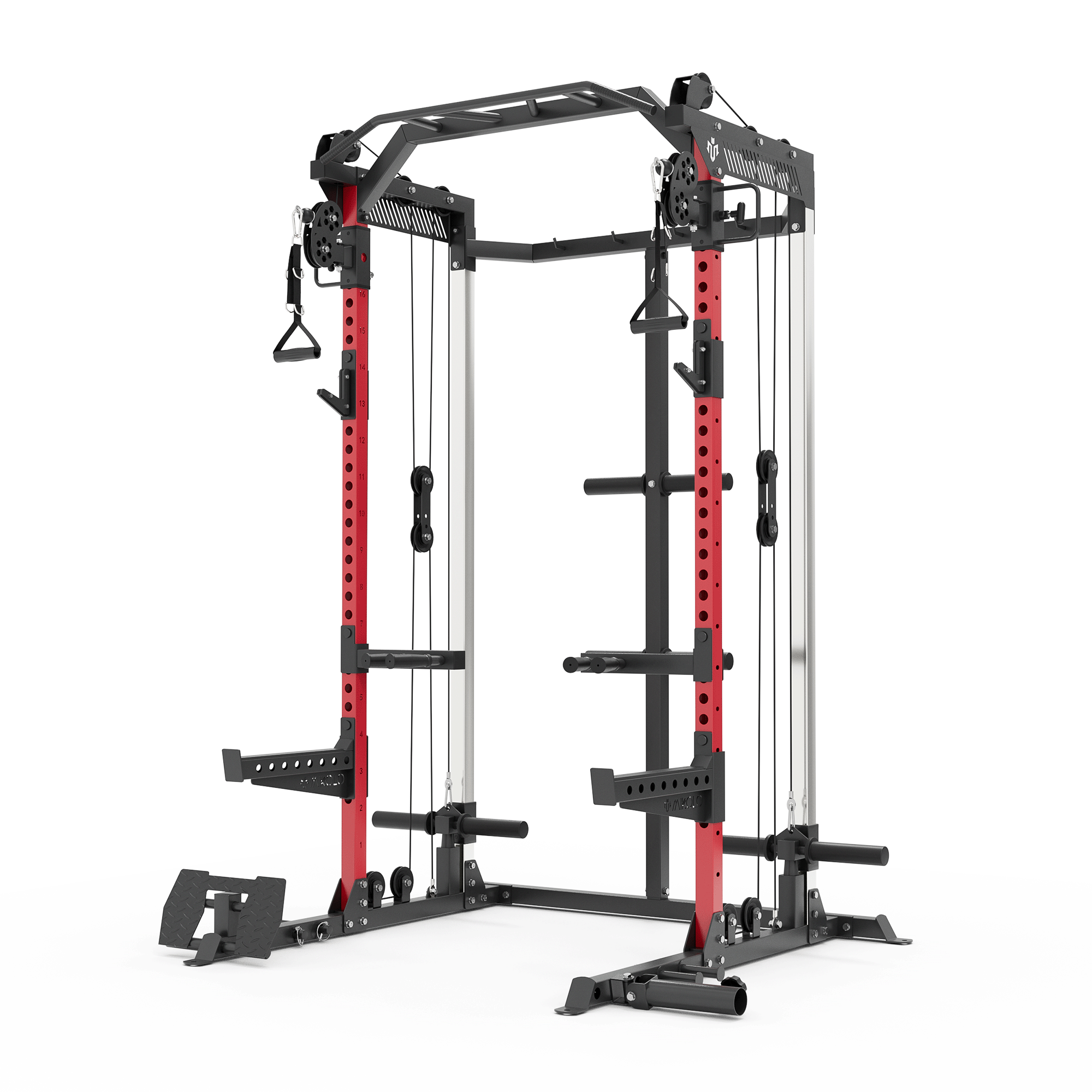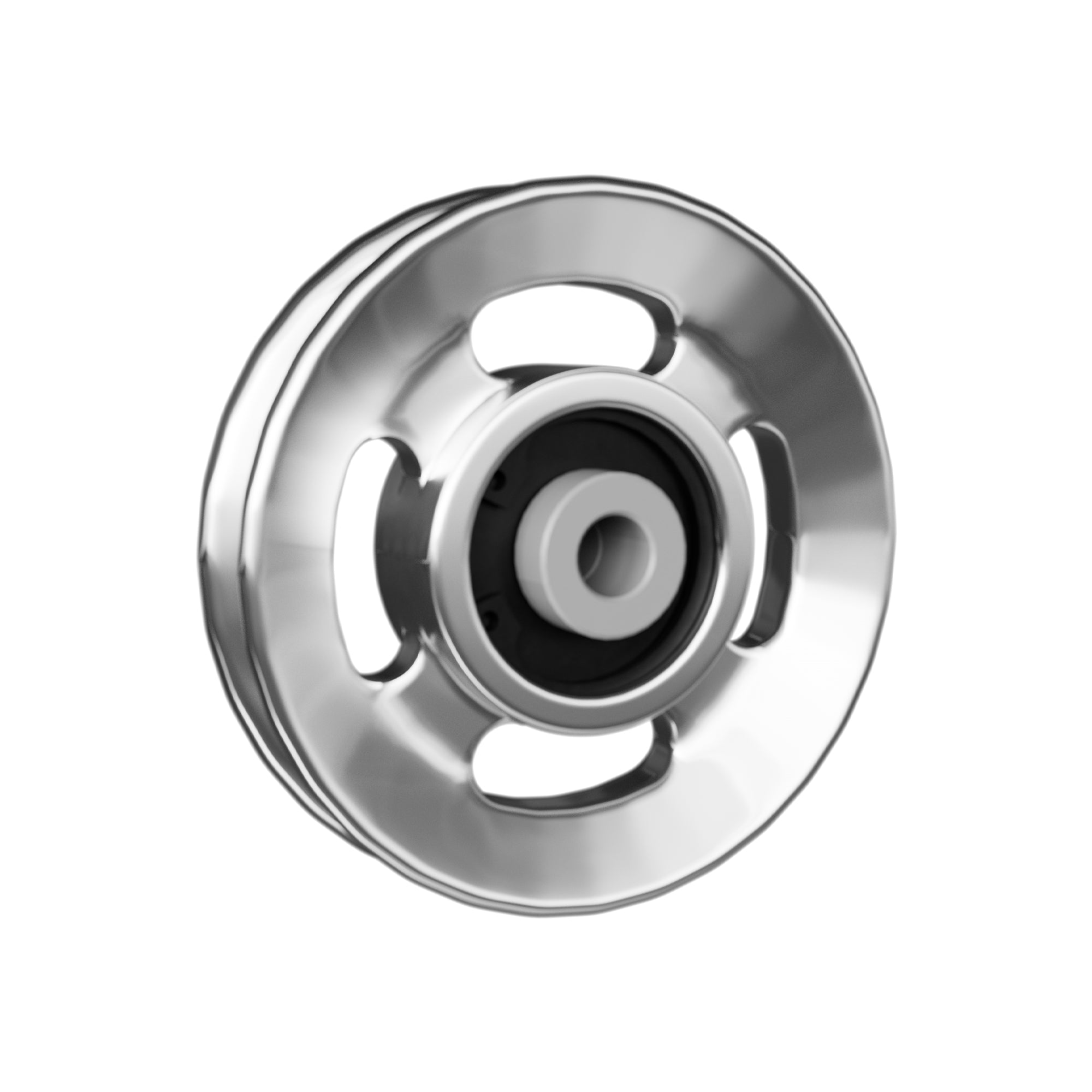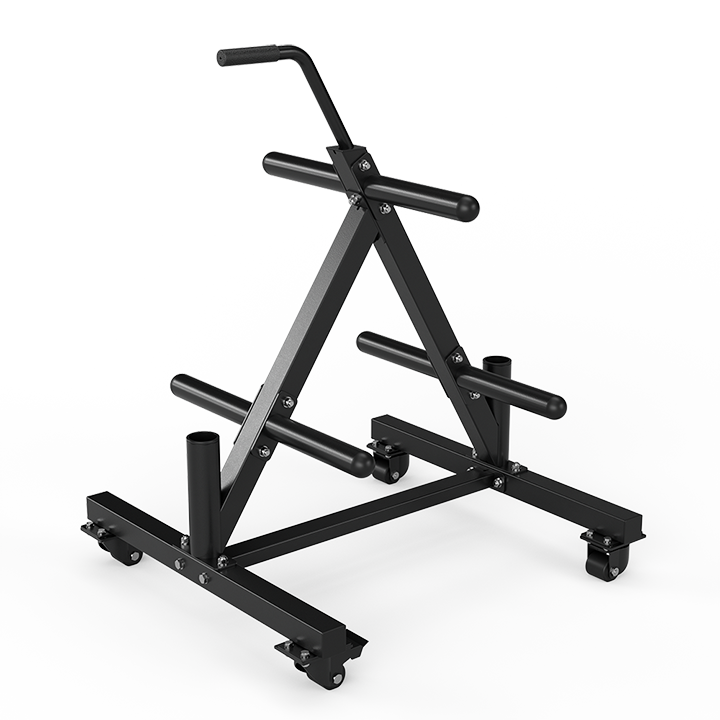Deltoid Muscle
The deltoid muscle is a highly desirable muscle group to develop. Well-developed shoulders can make the waist appear smaller by creating a wider appearance at the shoulders, thus improving the overall physique. The deltoid muscle has three distinct heads: the anterior (front), lateral (middle), and posterior (rear) heads, each with similar functions but distinct differences.
Anterior (Front) Deltoid
The anterior deltoid originates from the outer part of the clavicle and inserts into the humerus. The anterior fibers are responsible for several actions including shoulder flexion (lifting the arm straight in front of you), horizontal adduction (extending your arm out to your side and then pulling it forward), internal rotation (holding your arm straight in front of you, then bending your arm until the elbow points towards the ceiling), and abduction (lifting your arm to the side).
The anterior deltoid shares some functions with the pectoral muscles. In fact, the anterior deltoid is involved in any pressing motion you perform. This is why many people feel their front deltoids during chest exercises.
Lateral (Middle) Deltoid
A well-defined middle deltoid gives the appearance of broader shoulders, creating the illusion of a smaller waistline, a characteristic widely desired by both men and women.
The lateral deltoid originates from the acromion (part of the scapula) and inserts into the humerus. It has two primary functions: shoulder abduction (lifting the arm to the side) and assisting in shoulder flexion (lifting the arm straight to the front). Therefore, the lateral deltoid is involved whenever you lift your arm.
However, due to the size of the middle deltoid (it's a relatively small muscle) and the fact that it shares its functions with the anterior deltoid, along with its short contraction length (these deltoids undergo high loads over a relatively short range of motion), the deltoid can be difficult to isolate.
Posterior (Rear) Deltoid
The posterior deltoid originates from the bottom part of the scapula and inserts into the humerus. It is responsible for pulling the shoulder joint backward (shoulder extension), horizontally abducting the shoulder joint (extending your arms in front of you and then pulling them back while keeping the arms horizontal), and external rotation of the shoulder (extending your arms in front of you and pointing your elbows towards the floor).
In summary, the posterior deltoid is involved in any type of pulling motion you perform. Unfortunately, the rear deltoid is often neglected by many. Not only does the posterior deltoid add to the appearance of the physique, but it also increases the stability and overall health of the shoulder joint.
Collection For Deltoid Muscle
Articles & Guides
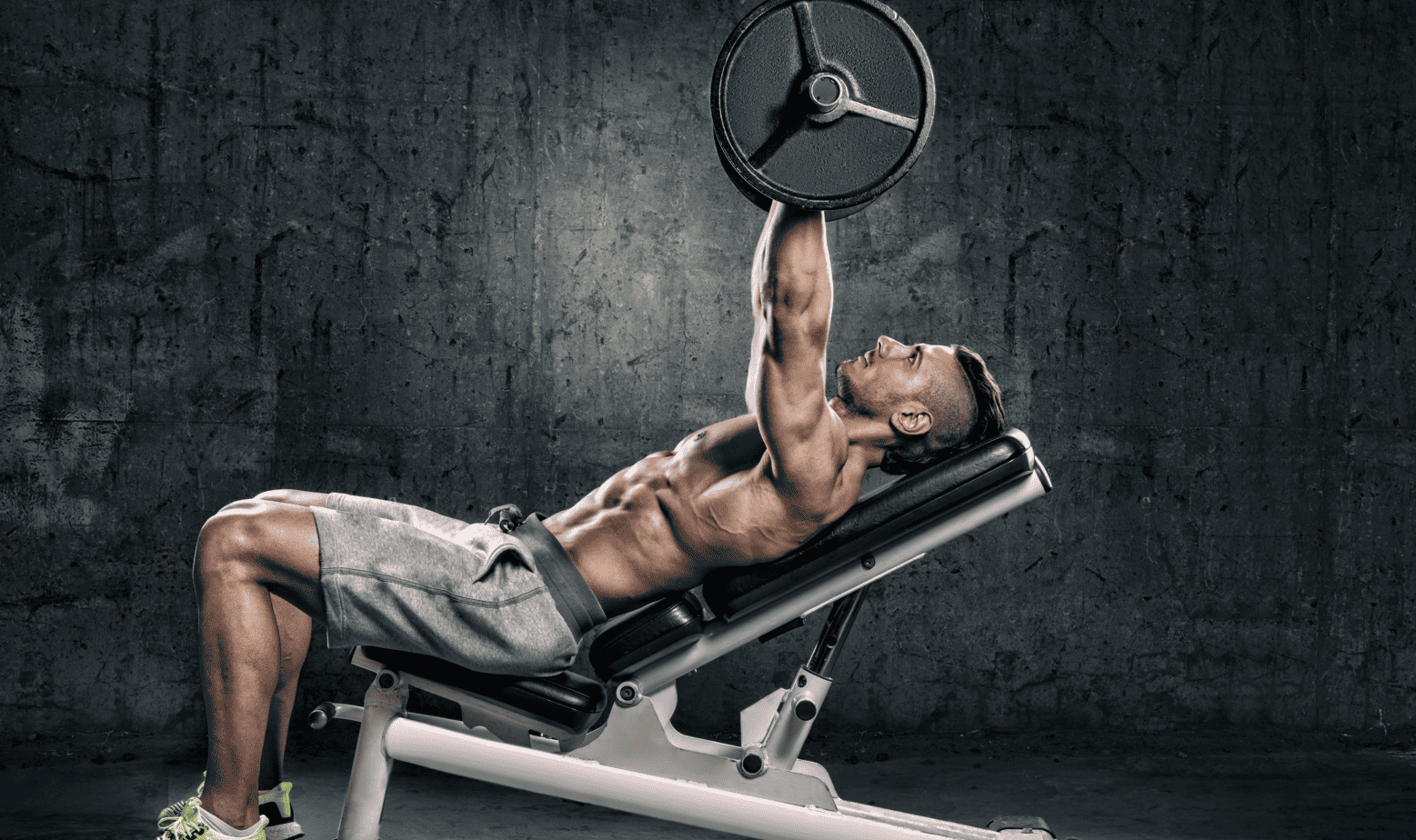
Is the Incline Bench Press More Challenging Than the Flat Bench Press
For those involved in strength training or bodybuilding, a common query arises: Is the incline bench press harder than the flat bench press? While these two exercises might appear similar at first ...
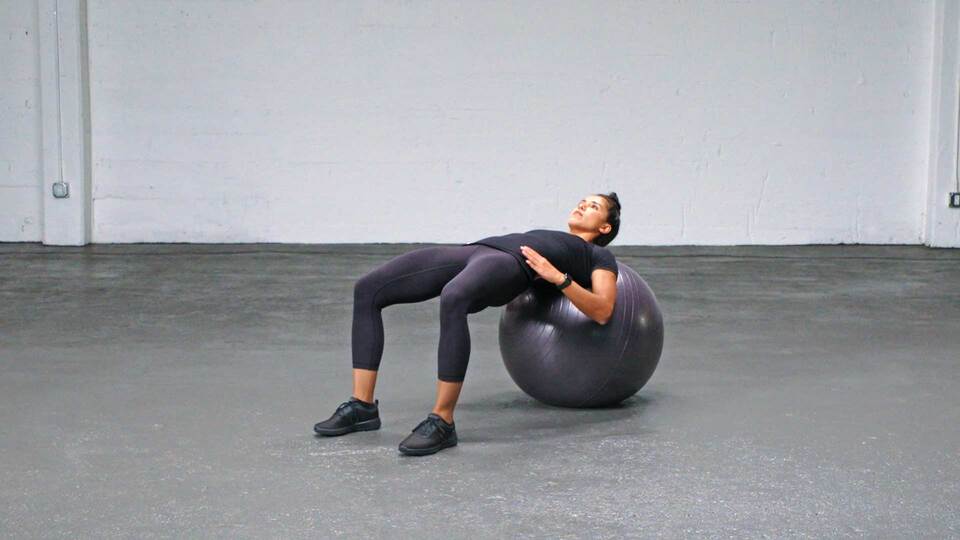
Strengthen Your Core with the Stability Ball "Stir the Pot" Exercise
When searching for core exercises online, you'll encounter a variety of unusual and impressive routines designed to strengthen your core. However, amidst all these options, it's easy to overlook th...
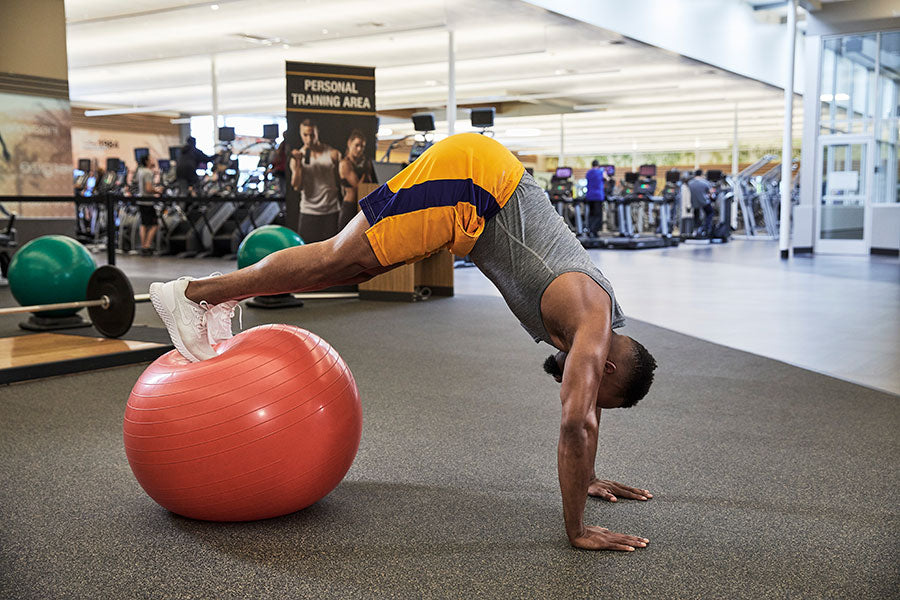
Mastering the Stability Ball Pike: Enhance Core Strength and Achieve Balance
Many fitness enthusiasts misunderstand how to effectively strengthen their core. They often resort to endless crunches or planks, leaving them gazing at the floor without substantial progress. Whil...




